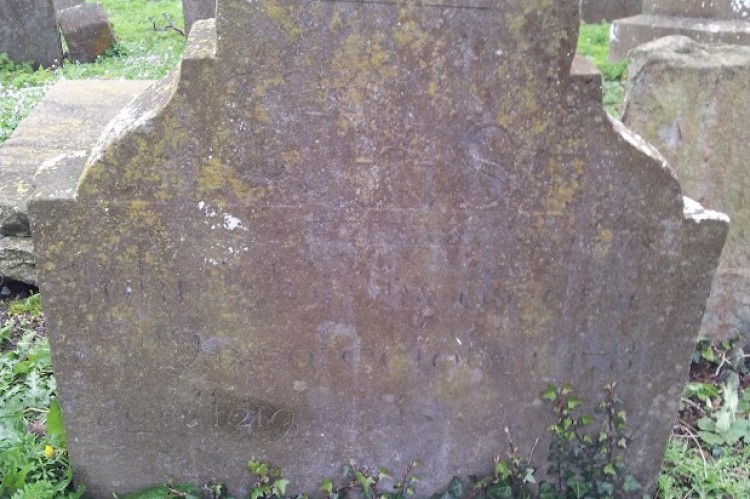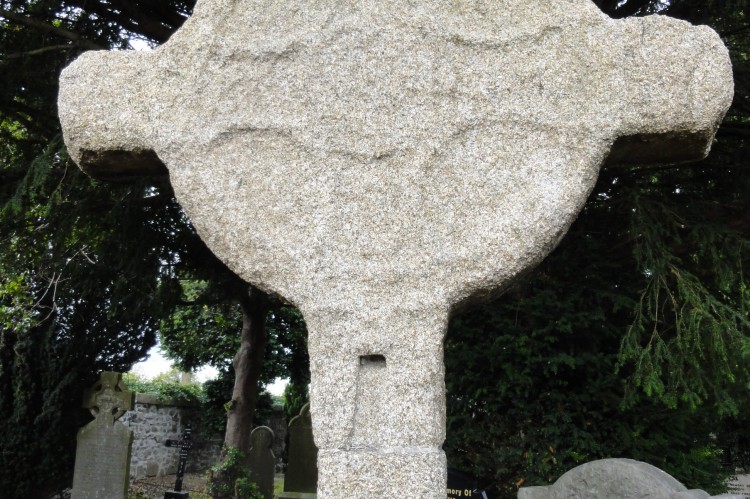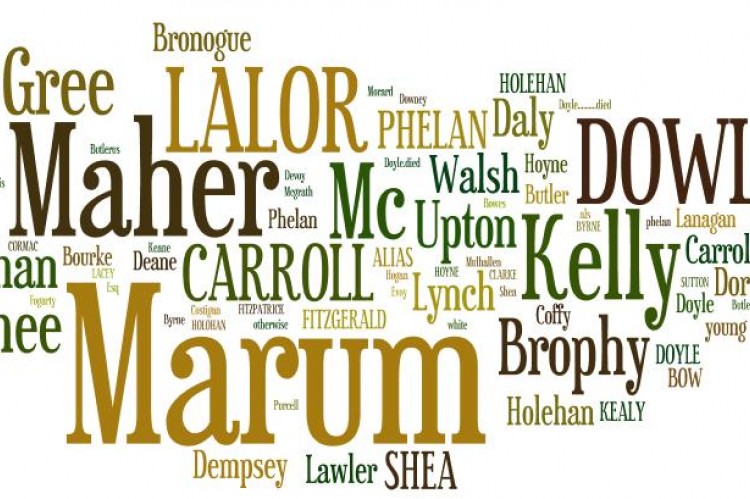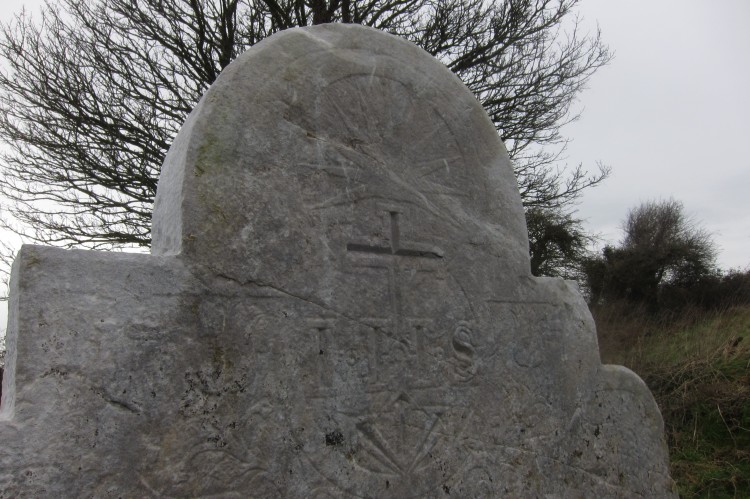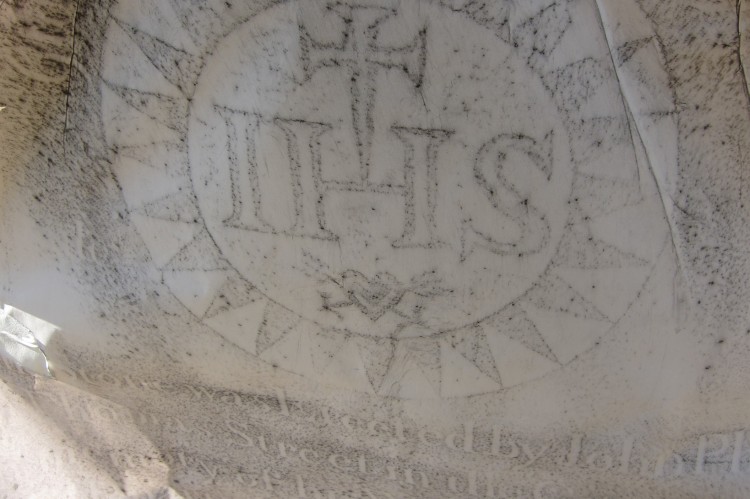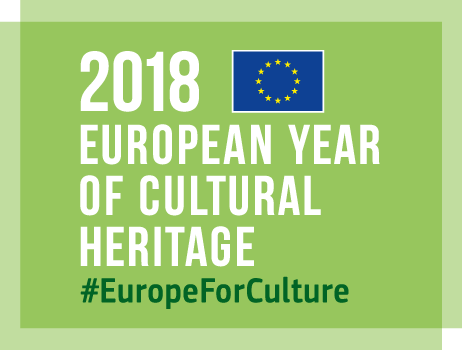John Tierney's blog
The Bells in Moynetemple, Co. Tipperary
I jumped out of my skin when the bells in Moynetemple struck up yesterday. The day was dull and damp and even cold - we were doing some training in Moynetemple graveyard and also hoping to track down grave memorials of family members of John Maher (my fathers grandfather) who died in the muddy farmland of the Somme and Ancre valleys in July 1916.
An Historic Graveyards Roadshow 2012
Clonpriest Graveyard
Historic Graves - The Project 2012
There are over 3600 historic graveyards in Ireland with 1400 years of history carved into stone. In the past year we have helped survey 6734 graves in 79 graveyards and collaborated with 20 community groups, 7 local authorities and 6 Leader companies.
We are a grassroots project. We leverage technology for community and economic development through hyperlocal heritage engagement. We capture local stories of place in local voices and we embed them in place.

